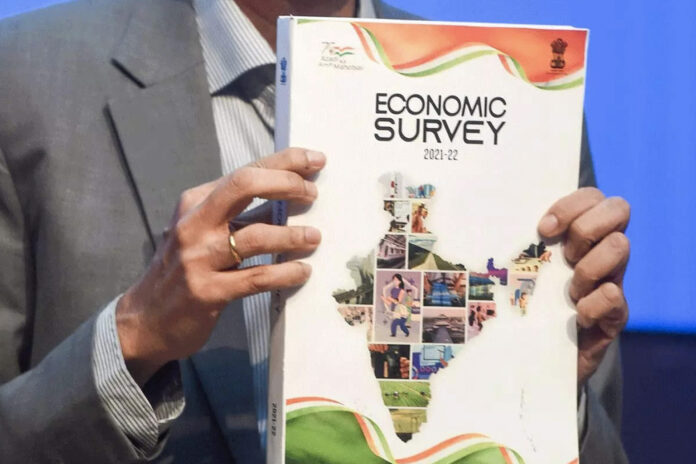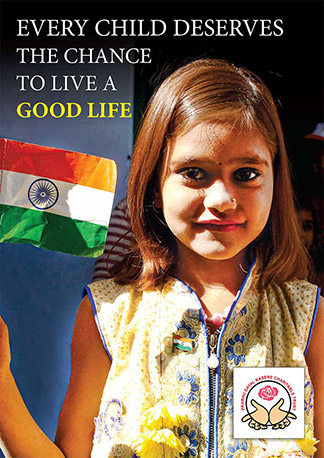Economic Survey 2024 has layed bare India’s Skill Gap Crisis. With Sixty five per cent of country’s fast-growing population under 35, the Survey estimates that only about 51.25 per cent of Indian youth are deemed employable.
In other words, about one in two Indian youths are not employable, straight out of college. However, it must be noted that the percentage has improved from around 34 per cent to 51.3 per cent in the last decade.
The Survey further lists the challenges in the skilling and entrepreneurship landscape in the country, which are:
(i) Public perception that views skilling as the last option meant for those who have not been able to progress/have opted out of the formal academic system.
(ii) Skill development programmes of the Central Government are spread across more than 20 Ministries/Departments without any robust coordination and monitoring mechanism to ensure convergence.
(iii) Multiplicity in assessment and certification systems that leads to inconsistent outcomes and causes confusion among the employers.
(iv) Paucity of trainers, inability to attract practitioners from industry as faculty.
(v) Mismatch between demand and supply at the sectoral and spatial levels.
(vi) Limited mobility between skill and higher education programmes and vocational education. (vii) Very low coverage of apprenticeship programmes
(viii) Narrow and often obsolete skill curricula.
(ix) Declining labour force participation rate of women.
(x) Pre-dominant non-farm, unorganised sector employment with low productivity but no premium for skilling.
(xi) Non- inclusion of entrepreneurship in the formal education system.
(xii) Lack of mentorship and adequate access to finance for start-ups.
(xiii) Inadequate impetus to innovation driven entrepreneurship.
(xiv) Lack of assured wage premium for skilled people
Employment and Skill Development: Towards Quality
Indian labour market indicators have improved in the last six years, with the unemployment rate declining to 3.2 per cent in 2022-23.
Rising youth and female participation in the workforce present an opportunity to tap the demographic and gender dividend. The net payroll additions under EPFO have more than doubled in the past five years, signalling healthy growth in formal employment.
With artificial intelligence taking root in several spheres of economic activity, steering technological choices toward collective welfare is key. Employers owe it to themselves to strike a balance between deploying technology and labour.
To generate and sustain quality employment, agro-processing and care economy are two promising candidates.
The Government has implemented measures to boost employment, foster self-employment, and promote worker welfare.
The rise in the number of candidates undergoing skill development through the Government’s flagship programmes has underlined the thrust to ‘Skill India’.
Many regulatory chokeholds, such as those related to land use, building codes, restricting sectors and hours open to women’s employment, hold back employment generation. Releasing them is guaranteed to boost employment and raise women’s labour force participation rate.
According to PLFS, youth (age 15-29 years) unemployment rate has declined from 17.8 per cent in 2017-18 to 10 per cent in 2022-23, while other indicators have also improved over time.
From the gender perspective, the female labour force participation rate (FLFPR) has been rising for six years. While urban FLFPR has also been growing, the rural FLFPR has witnessed a steep rise of 16.9 percentage points between 2017-18 and 2022-23, indicating a rising contribution of women to rural production.
The organised sector job market conditions measured by payroll data for EPFO indicate a consistent year-on-year (YoY) increase in payroll addition since FY19 (the earliest since data is available).
The yearly net payroll additions to the EPFO more than doubled from 61.1 lakh in FY19 to 131.5 lakh in FY24, swiftly recovering from the pandemic aided by the Aatmanirbhar Bharat Rojgar Yojana (ABRY). The EPFO membership numbers (for which older data is available) grew by an impressive 8.4 per cent CAGR between FY15 and FY24.
Annual Report of the Ministry of Skill Development & Entrepreneurship
The survey also pointed out the 2022-23 Annual Report of the Ministry of Skill Development & Entrepreneurship (MSDE), which highlights that “as per NSSO, 2011-12 (68th round) report on Status of Education and Vocational Training in India, among persons of age 15-59 years, about 2.2 per cent reported to have received formal vocational training and 8.6 per cent reported to have received non-formal vocational training”.










